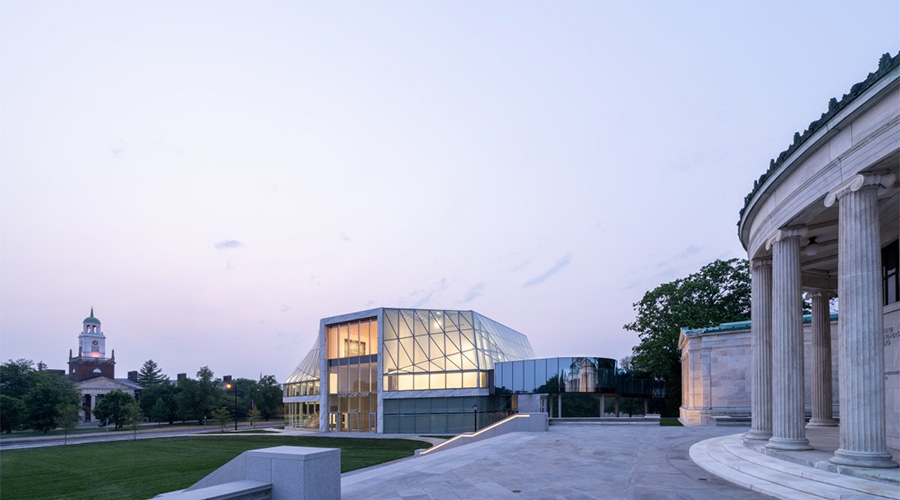New York Mets’ Colors: Blue, Orange and, Now, Green
The builder of the New York Mets’ new ballpark will build and operate the Major League Baseball team’s new stadium using some of the latest green technologies and practices
The builder of the New York Mets’ new ballpark, the Queens Ballpark Co., will build and operate the Major League Baseball team’s new stadium using some of the latest green technologies and practices.
This week, the Mets and the U.S. Environmental Protection Agency (EPA) announced a memorandum of understanding, which spells out design, construction and operational principles ensuring Citi Field meets high environmental standards and reduces its carbon footprint.
During its construction and operation, the builders will use at least 2 million pounds of recycled coal-combustion products instead of newly manufactured portland cement. This commitment alone saves over 800 tons of carbon dioxide (CO2) and is equivalent to taking 1,000 cars off the road for two months. It also saves enough energy for 1,000 homes for 19 days and saves landfill space for solid waste from 2,000 people for 135 days.
Citi Field’s environmental highlights include:
• Recycled steel. About 95 percent of the 12,500 tons of structural steel used to construct Citi Field is recycled. Using recycled steel saves money and dramatically reduces energy use, compared to making steel from virgin materials.
• Green roof. The team is considering utilizing a green roof for the administration building roof, which would decrease the energy needs of the building by insulating the roof from cold air in the winter and hot air in the summer, as well as reduce storm-water runoff by as much as 80 percent.
• Swales and porous pavement. The builder will lay about 65,000 square feet of porous pavers and install a 3,500-square-foot drainage bed designed for the commuter bus parking lot to control the flow of storm water runoff. Queens Ballpark Co. plans to have large areas — about 25,000 square feet — left unpaved and planted to further control storm water. The use of permeable pavers and a drainage bed will allow rain water to flow through the surface and recharge the groundwater, instead of the water running off the surface.
• Coal-combustion products. In selected areas, the Mets will use ash and other materials left over after a power plant burns coal to make the concrete used at Citi Field, saving CO2 emissions, landfill space, and energy. Builders expect to use at least 2 million pounds of recycled coal combustion products, which preserves natural resources and promotes environmental sustainability.
• Energy conservation. The Mets will equip Citi Field with a system to monitor and automatically control temperatures and equipment start-and-stop times. It will integrate with a lighting-control system to automatically operate light fixtures, televisions, and ad panels. The Mets also will install energy-efficient air handlers, pumps and chillers that vary the speed of the operating fans to save energy, as well as state-of-the-art, energy-efficient lighting on the field.
• Water conservation. The Mets will use metered, hands-free faucets, toilet flush-o-meters, and waterless urinals, which will save millions of gallons of water a year.
• Recycling. Once Citi Field is fully operational, the Mets aim to join EPA’s WasteWise program and have committed to auditing its garbage generation and establishing recycling goals. This partnership program helps organizations eliminate costly municipal solid waste and select industrial wastes.
• Energy Star. The Mets also are joining the Energy Star program, a joint venture of EPA and the U.S. Department of Energy that encourages environmental protection and savings through energy efficient products and practices. As an Energy Star member, the Mets aim to reduce energy needs by using Energy Star products, where appropriate.
• Low-sulfur diesel. The Mets intend to have low- and ultra-low-sulfur diesel used in construction vehicles building Citi Field to reduce air emissions, such as CO2 and particulates.
Related Topics:











